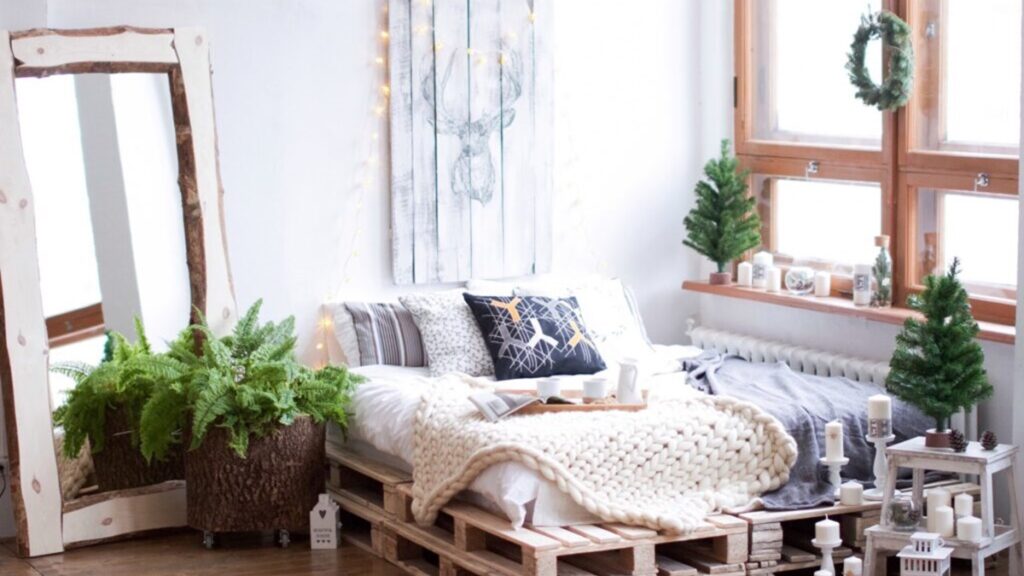Shabby chic is an interesting furniture style. There are some common misconceptions. There are also pretenders to the throne and providers that make an incredibly good living out of supplying ‘faux shabby chic’.
First, a reminder of what shabby chic is. A little research online soon reveals general agreement in that items of this style tend to be chosen for the ‘lived in’ appearance of general wear and tear or the look and feel of an antique. The items tend to exude the feel of history and the air of belonging to what might be termed the age of respectable living. It is generally agreed that the term first came into common usage as now understood in the 1980’s. The words rustic, bohemian and cottage are also often associated with these furnishings.
Done right shabby chic is a very comforting style that exudes a sense of comfort, practicality, and respectable old money. In some ways it is quintessentially British which is part of the appeal for some. The items can be incredibly practical as well. Not just from the stand point of being hard wearing and proven but also they are sometimes quirky shapes that can be used to maximise the harder to use spaces in a home.
Several sites tend towards the position of shabby chic being a soft and feminine style. Many combine shabby chic with a abstract style of modern rug, where the contrast brings out the features in both styles. This is one of the misconceptions and is only a part of the picture. True shabby chic items span the whole spectrum just like any other furniture. Simply because an item is in the shabby chic style of design does not mean it has to be only ‘soft’ or indeed only ‘rugged’. There are good examples of both soft themed furniture with pale, gentle colours and perhaps fabrics as well as solid, chunky pieces of hardwood engineered furniture such as the iron handled, hard wood side tables in the Kalusto shabby chic furniture range. At one end of the range are the soft, pearl painted drawer sets with chintz coverings while at the other end are the side tables made of aged, oil-soaked railway sleepers pounded into rock hardness by decades of old locomotives.
Scouring antique shops for items that meet the shabby chic standard is one potential source of the furniture though it can be both time consuming and hit and miss. There are some suppliers who will deliberately distress items, either new or antique, to get the desired effect. This does not always work and can result in a variety of undesirable consequences including poor finishing, paint, or varnish. In some ways this is the opposite of the durability desired from the items. Sometimes there is a deliberate mismatch in the features, cupboard handles for example, that may be perceived as conveying an aura of shabby chic. Some establishments such as pubs have extended this mismatch to actually having an almost jarring discontinuity in floor surfaces in the same room.
Regardless of whether a rugged, soft or intermediate feel is desired it is important to avoid the faux shabby chic items that may look well weathered but are in fact, only decrepit and likely to not last the lifetime expected.

